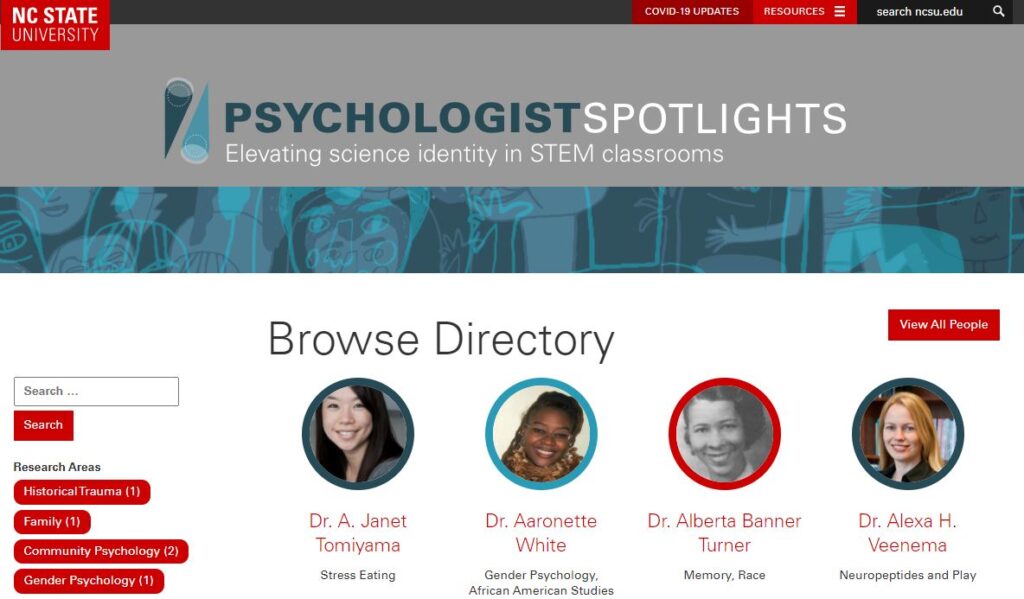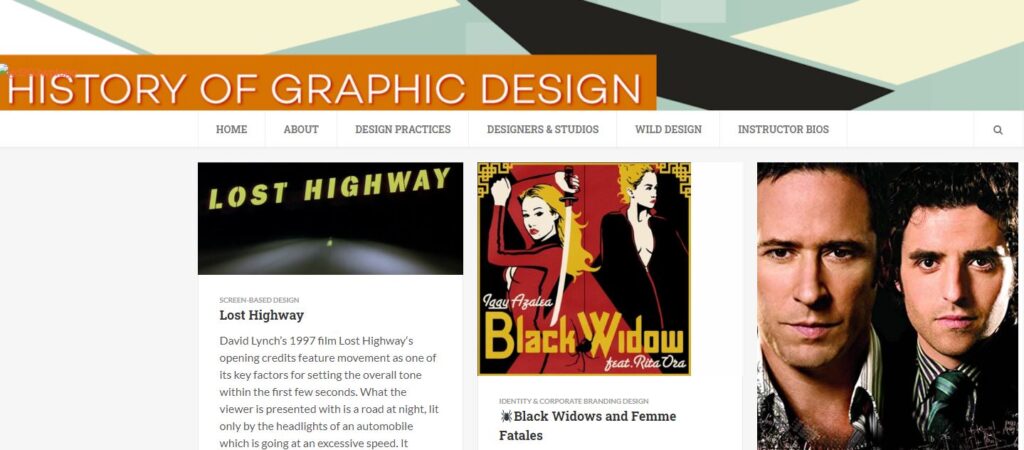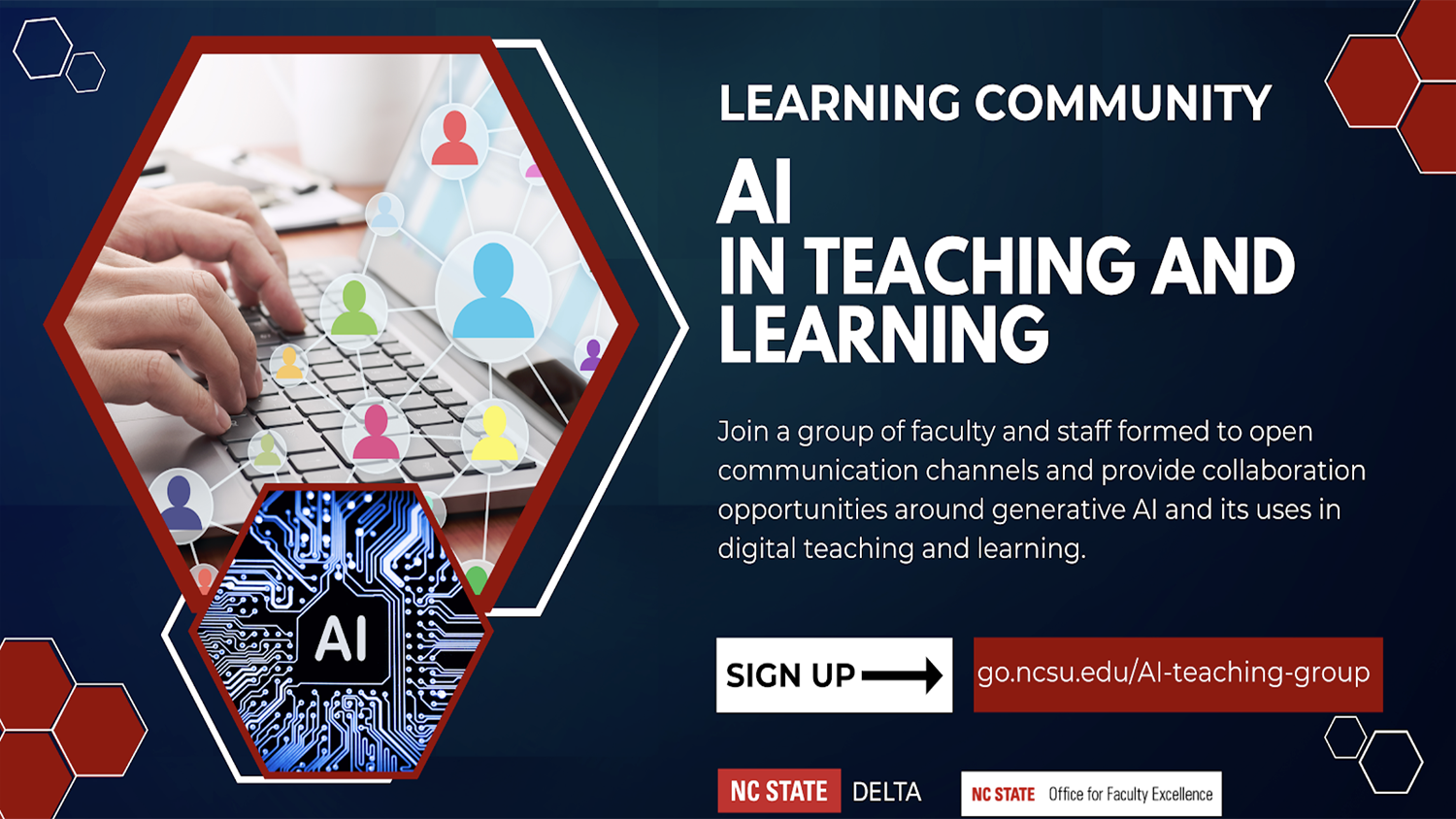Digital Repositories: A Solution for Underrepresentation, Learning Challenges

When faculty apply for a DELTA grant, they typically have an idea of which solution will help their course’s instructional challenges. For many, a digital repository is the answer that will take their course to the next level for face-to-face, hybrid and online students.
Digital repositories offer a way to curate course resources. They are particularly helpful as a place to store visual media, publish student work, or house other content that could be of use for various instructional challenges (Hai-Jew, 2010).
Examples
Associate Professor of Psychology and Women’s and Gender Studies Mary Wyer’s decades of experience with underrepresented groups in science and engineering have highlighted the importance of science identity and belonging to the recruitment and retention of diverse scientists. She applied for a DELTA grant to create an interactive repository that includes profiles of and information about minority scientists. With the help of Lead Instructional Designer Rebecca Sanchez, Ph.D., Assistant Director, Educational Media Donnie Wrights and Multimedia Designer Jennafer Pettit (no longer employed at DELTA), the team created Psychologist Spotlights, a hub for the contributions of diverse psychologists and research on diversity-relevant topics.

This interactive site encourages psychologists the world over to add their contributions to the field. The use of Psychologist Spotlights and its sister-tool (Scientist Spotlights) has been found to decrease students’ stereotyping of psychologists both qualitatively and quantitatively (Schinske, Perkins, Snyder, & Wyer, 2016).
Another example of a digital repository is from a DELTA grant for ENT 163: Ornamental and Turf Insects. Extension Associate Terri Billeisen needed a visual image database that allowed students to examine high resolution photos and 3D interactive models of insects. After working with Lead Multimedia Designer Rich Gurnsey, Assistant Director, Course Quality Bethanne Winzeler and Multimedia Specialist Stephen Waddell, the team realized they could use a digital magnification tool that was created by DELTA called the Virtual Viewer, as part of a lab experience that helped many students who had not taken online classes before.



